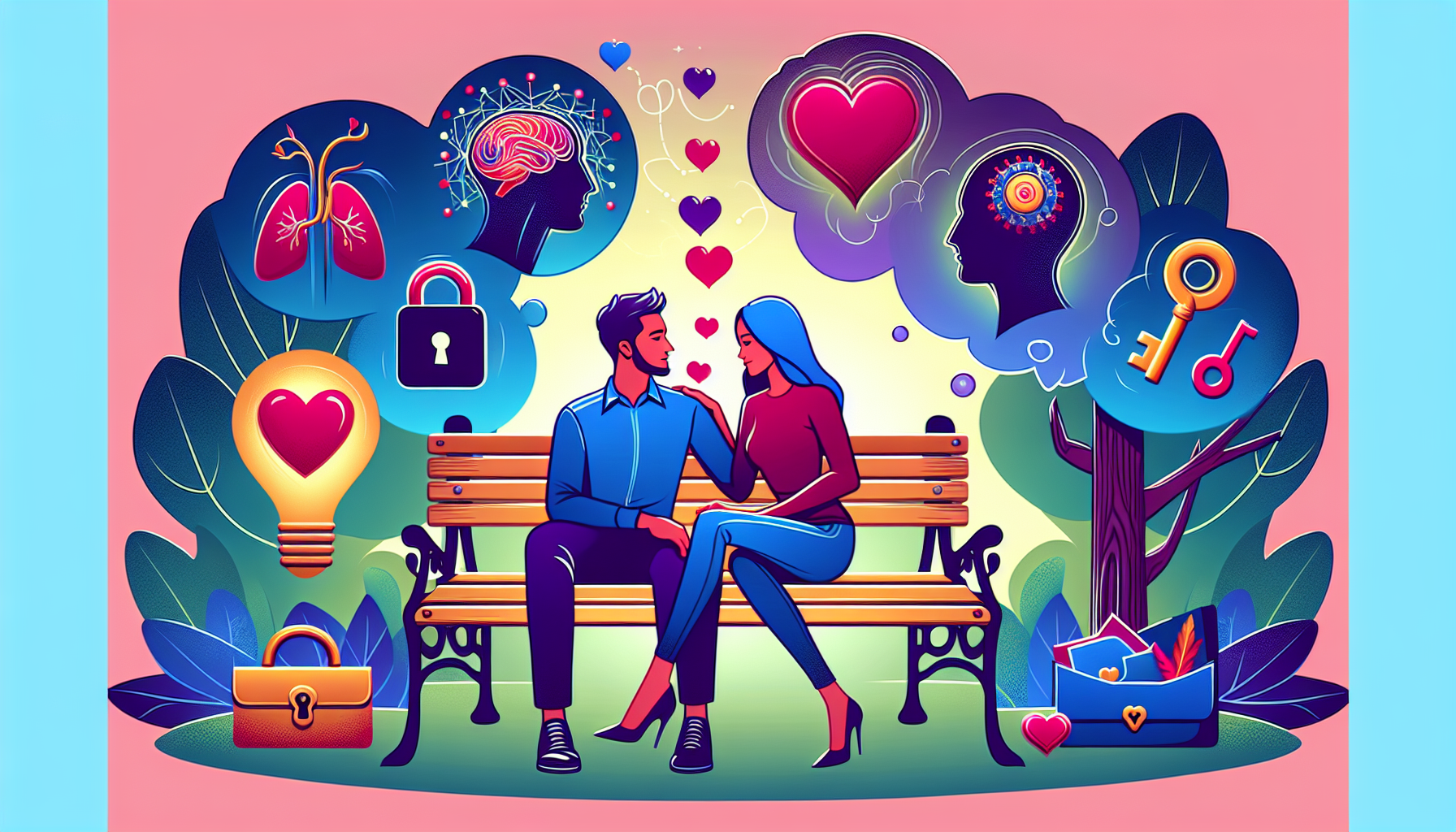Introduction to Crafting Romance with Psychology
Love, an emotion as old as humanity itself, has been the central theme of countless narratives spanning cultures and centuries. Crafting a compelling love story, however, involves more than just pairing two characters together. It requires an understanding of the psychological underpinnings of attraction, relationship dynamics, and emotional growth. By weaving psychological principles into the fabric of a love story, writers can create more authentic, relatable, and gripping romantic narratives.
The Psychology of Attraction
Understanding the psychology behind attraction can add depth to how characters are drawn to each other. According to research, attraction stems from a combination of physical appearance, proximity, similarity, and the mystery or challenges associated with the other person. By incorporating these elements thoughtfully, a story can realistically portray the complexity of initial attraction.
Physical Appearance and Proximity
The physical appeal and being near someone can significantly influence attraction. However, this doesn’t mean that every character has to conform to conventional beauty standards. Unique attributes, mannerisms, or the way a character carries themselves can be immensely attractive. Proximity, or the ‘mere exposure effect,’ suggests that simply being around someone frequently increases our liking for them— a concept that can be leveraged to show developing attraction.
Similarity and Challenge
While opposites attracting is a popular trope, psychological research suggests that similarity in personality, values, and interests plays a crucial role in long-term compatibility. This doesn’t negate the excitement of discovering new perspectives and challenges within a relationship. Balancing similarity with the right amount of challenge or conflict can create a dynamic and engaging love story.
Exploring Relationship Dynamics
Going beyond the initial spark, exploring the dynamics of a relationship can provide fertile ground for character development and plot progression. This involves looking at factors such as communication styles, conflict resolution, emotional intimacy, and personal growth within the relationship.
Communication and Conflict
How characters communicate their needs, fears, and desires plays a key role in relationship dynamics. The inclusion of realistic communication challenges and conflicts, followed by healthy or evolving conflict resolution strategies, can make a love story more authentic and educational for readers. It reflects the idea that love is not just about finding the right person but also about growing and adapting together.
Emotional Intimacy and Growth
Emotional intimacy, the ability to share one’s deepest thoughts and feelings, is fundamental to a strong relationship. Showcasing characters who gradually open up to each other, revealing vulnerabilities and supporting each other’s growth, can be a powerful narrative element. It highlights the transformative power of love and how it can encourage individuals to become the best versions of themselves.
Conclusion: Creating Compelling Love Stories with Psychology
Integrating psychology into romantic narratives offers writers a toolkit for developing complex characters and engaging plots. By exploring the nuances of attraction, delving into the intricacies of relationship dynamics, and celebrating the emotional journey of love, authors can craft stories that resonate deeply with readers. A well-crafted love story, informed by psychological principles, not only entertains but also enlightens, reflecting the true complexity and beauty of human connection.







